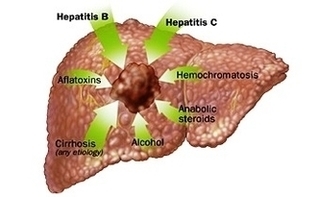
Ankle Sprain Causes Image

A sprain occurs when your ankle is forced to move out of its normal position, which can cause one or more of the ankle’s ligaments to stretch, partially tear or tear completely. Causes of a sprained ankle might include: Factors View Diagram Ankle Sprain Causes Image








